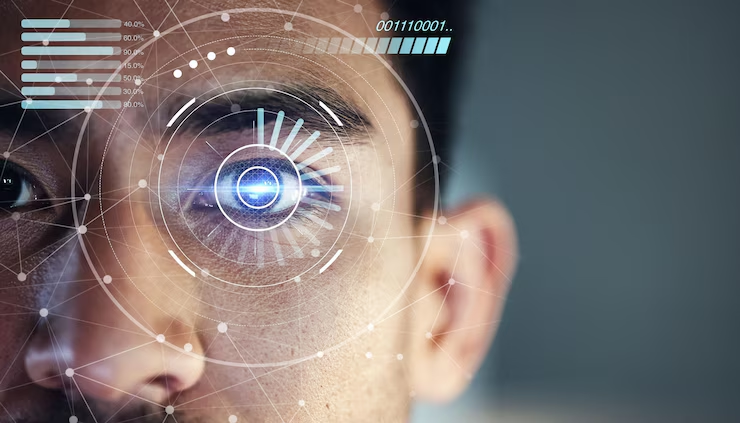The Role of the Facial Action Coding System in Detecting Deception
- thelightbulbai
- Dec 22, 2024
- 3 min read

Deception is a fascinating yet complex aspect of human communication. From subtle facial expressions to quick eye movements, the signs of deceit can be challenging to decode. Over the years, researchers have developed tools to understand the intricate dynamics of human behavior, one of which is the Facial Action Coding System (FACS). This method has proven to be a valuable resource in detecting deception and understanding emotional expressions.
What Is the Facial Action Coding System (FACS)?
The Facial Action Coding System is a research-based tool used to analyze facial movements. Developed by Paul Ekman and Wallace Friesen in the 1970s, it categorizes every possible facial movement into “action units” (AUs). These AUs correspond to the smallest visible facial muscle movements, which can reveal emotio
ns and intentions that people might attempt to hide.
For instance, when someone smiles, it involves specific muscle movements. However, a genuine smile (often called the Duchenne smile) differs from a fake one due to the engagement of the muscles around the eyes. By categorizing and understanding these movements, the FACS helps in interpreting subtle cues.
Why Is Deception Detection Important?
Deception is a natural part of human interactions, whether it’s in personal relationships, professional negotiations, or even criminal investigations. Detecting lies or concealed emotions can:
Prevent misunderstandings.
Ensure truthful communication.
Support justice in legal scenarios.
Improve interpersonal trust.
With the rise of technology and artificial intelligence, integrating tools like the Facial Action Coding System into surveillance and analysis has become more common.
How FACS Helps Detect Deception
When someone lies, their body and facial expressions might betray them, even if they are verbally convincing. Here's how FACS plays a role:
Microexpressions: These are quick, involuntary facial expressions that reveal a person's true emotions, even if they’re trying to hide them. For example, a fleeting look of fear might surface before a composed answer is given.
Inconsistencies: FACS can help identify mismatches between verbal statements and facial expressions. A person saying "I'm fine" while displaying a microexpression of sadness could indicate they are not being truthful.
Baselining: Observing someone's baseline facial expressions during neutral conversations allows for comparison when their responses become more emotionally charged.
Applications of the Facial Action Coding System
The Facial Action Coding System isn’t just limited to detecting deception. Its applications extend to various fields, including:
Psychology: Understanding emotional regulation and disorders.
Law Enforcement: Interrogation and truth verification.
Marketing: Evaluating consumer responses to advertisements.
Healthcare: Assessing nonverbal cues in patient care.
Human Resources: Evaluating honesty and emotional responses during interviews.
TheLightBulb.ai Provides The Best Ai based Facial action Coding Tools For Businesses.
Challenges of Using FACS
While the system is revolutionary, it is not without limitations. Detecting deception is not foolproof, as cultural differences, individual variability, and context can influence facial expressions. Moreover, interpreting action units requires extensive training and expertise, which might not always be practical in real-time situations.
The Future of Deception Detection
With advancements in artificial intelligence, the Facial Action Coding System is being integrated into automated systems that can process facial data faster and more accurately. This allows for real-time deception detection in fields like border security, corporate negotiations, and even dating apps. However, ethical considerations, such as privacy concerns and the potential for misuse, remain a topic of discussion.
Conclusion
The Facial Action Coding System has opened up new dimensions in understanding human emotions and behavior. While it is not a magic bullet for detecting lies, it provides a systematic and scientific approach to analyzing facial expressions. As technology evolves, FACS will likely become even more powerful, helping society navigate the complexities of truth and deceit in a more transparent way.
By unraveling the subtle cues hidden in our facial muscles, the Facial Action Coding System continues to shine as a beacon in the field of deception detection and emotional intelligence.
Read More Related Blogs



Comments